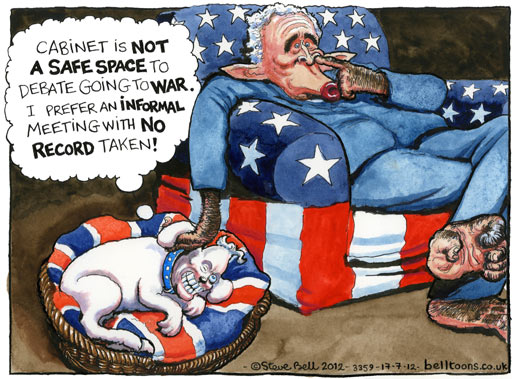Chilcot says the chaos can be partly explained by the fact the MoD planned the invasion in a rush and had been unable to discuss buying new equipment from the defence industry until weeks before the conflict because of the need to maintain secrecy.
The MoD had been discreetly working on a plan to invade
Iraq from the north but had to switch to the south on 8 January 2003, just two months before the invasion, when it became clear Turkey would not permit British troops to be based there.
“There was little time to prepare three brigades and the risks were neither properly identified nor fully exposed to ministers,” Chilcot says.
By then, commanders already knew that there were
shortfalls in certain types of equipment, but their advice to ministers was that the risk was “considered acceptable.”
Once British forces were in Iraq, it quickly became clear the army didn’t have enough helicopters, armoured vehicles, or equipment for surveillance and intelligence collection.
Yet the Ministry of Defence was slow to react to the threats posed by insurgents using roadside bombs (Improvised Explosive Devices) that could easily pierce the armour on the army’s
Snatch Land Rovers.
“We have found that the Ministry of Defence was slow in responding to the threat of improvised explosive devices and that delays in providing adequate medium-weight protected patrol vehicles should not have been tolerated.”
The report says the UK’s efforts were hampered by an assumption that the US had a robust post-invasion plan, when it didn’t.





